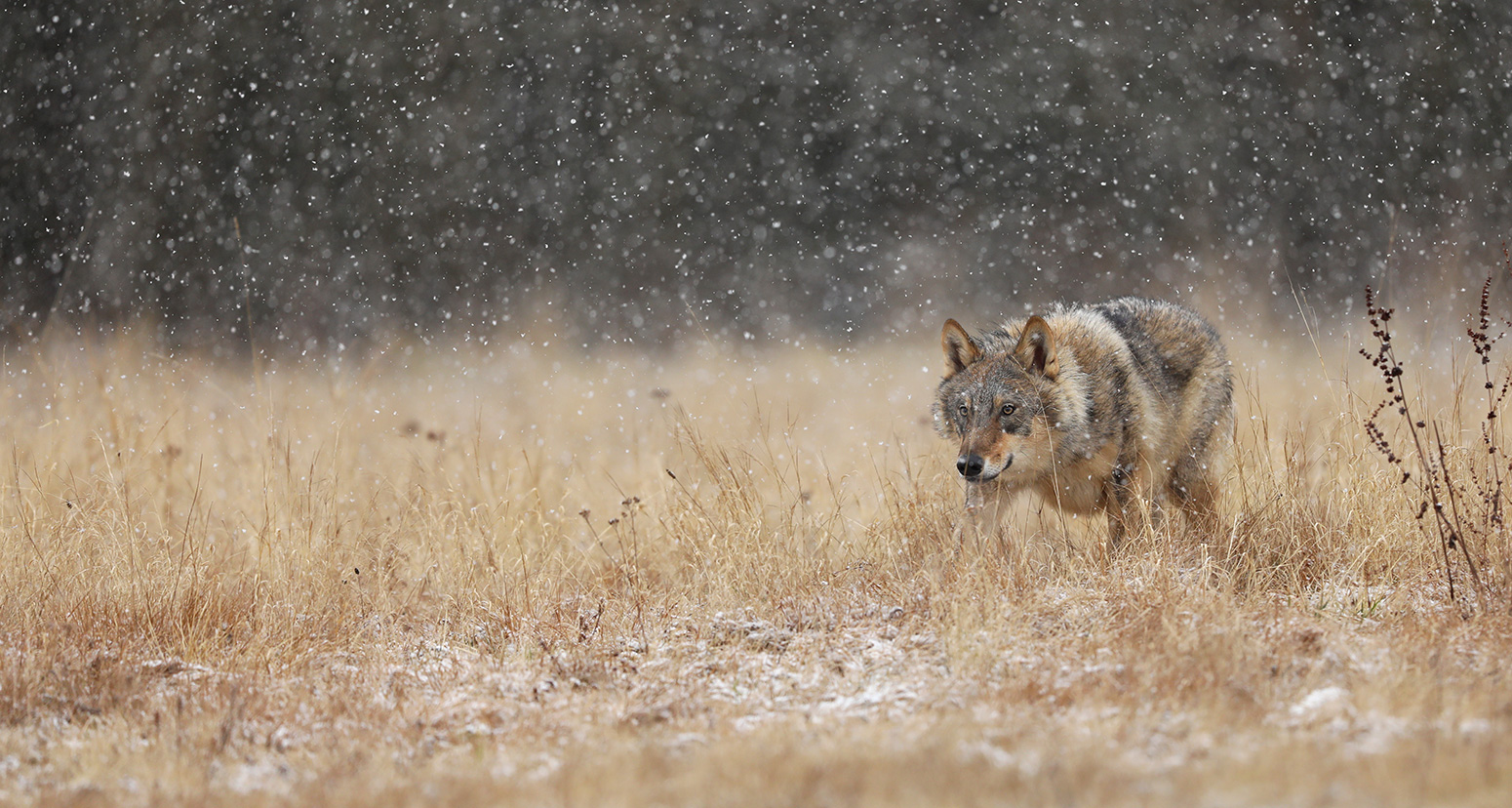
13 Dec 2022 The future of Europe’s rural areas: The European Parliament’s position
13 December 2022, Brussels – The European Parliament has today voted on the motion “A long-term vision for the EU’s rural areas”. Europe’s rural areas are home to 137 million people representing almost 30% of its population and over 80% of its territory. The motion includes important recognition of game management and its social, economic, cultural and biodiversity benefits as well as a key request to reduce conflicts with large carnivores.
To ensure that rural areas can continue to play these essential roles, a European Commission communication sets out a long-term vision for the EU’s rural areas up to 2040. It identifies areas of action towards stronger, connected, resilient and prosperous rural areas and communities. A Rural Pact and an EU Rural Action Plan with tangible flagship projects and new tools will help achieve the goals of this vision.
The European Parliament’s motion voted today captures the complex economic and social challenges Europe’s rural areas are facing. It presents a number of important solutions to ensure that rural communities are brought along the green transition.
While rural areas in Europe are profoundly diverse from an historical, geographical, and economic perspective, they often face similar social and economic challenges. For instance, access to high-quality services of general interest, demographic decline and ageing, vulnerability to the impacts of crisis, and political underrepresentation are just some of the challenges affecting rural communities.
Many challenges need tailored bottom-up and community-based approaches. In this context, the motion calls for the effective application of the principle of subsidiarity to ensure that rural communities are better involved in the development, implementation and evaluation of EU policies affecting them.
With regard to hunting, the motion stresses “the importance in social, economic, cultural and biodiversity conservation terms of sustainable game management for the future of rural areas”. This is a significant recognition for millions of hunters across Europe who are involved in conservation projects bringing a wide range of benefits to rural areas.
As to the environmental policies affecting rural stakeholders, the motion also focuses on the increasing conflicts with large carnivores that rural communities face. In line with the recently adopted EP motion “Protection of livestock farming and large carnivores in Europe”, the motion recalls “the responsibility of the Commission to assess progress in achieving conservation status and, where appropriate, to amend the protection status of species, if the desired conservation status is reached”.
Commenting on the motion, Torbjörn Larsson, FACE President, states “The motion does an excellent job in underlining the main challenges affecting Europe’s rural areas while at the same stressing the diversity of rural areas across Europe. Amongst these challenges, coexistence with large carnivores has become a key issue and the implementation of Art. 19 of the Habitats Directive must now be dealt with by the Commission, following the recent request from the European Parliament”.
The motion also makes reference to the EU’s interest in building not only cross-border partnerships but also partnerships beyond its own borders – in order to promote more prosperous rural societies and economies with long-term mutual benefits.

